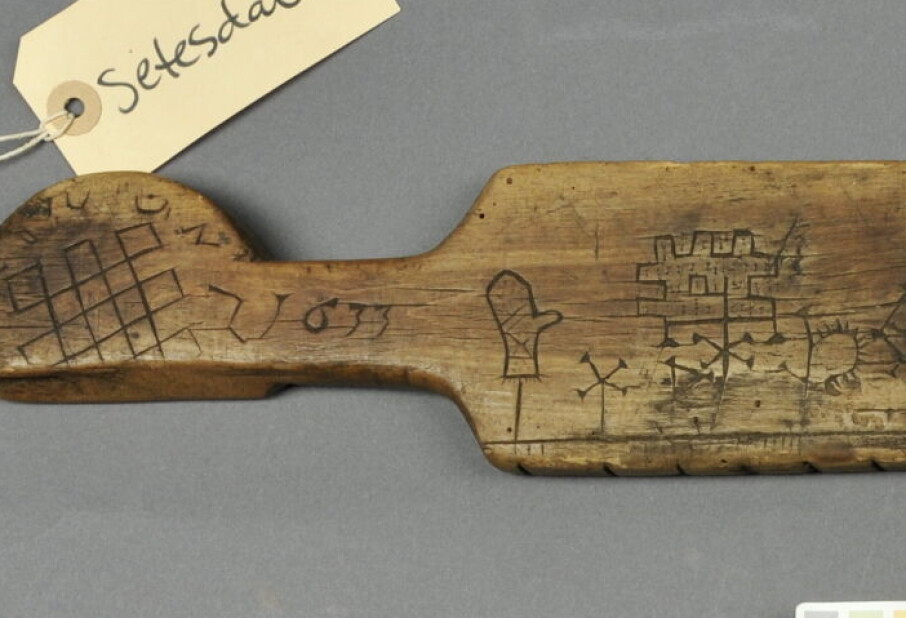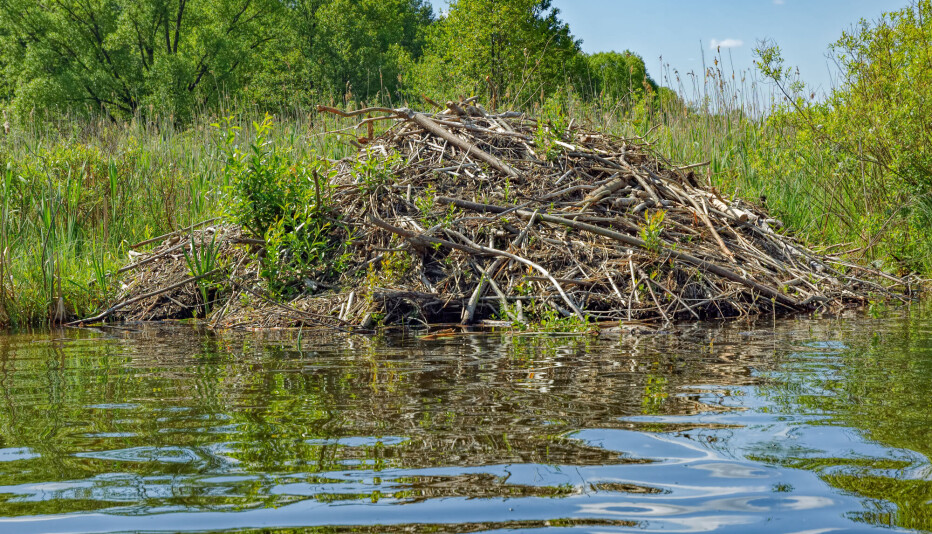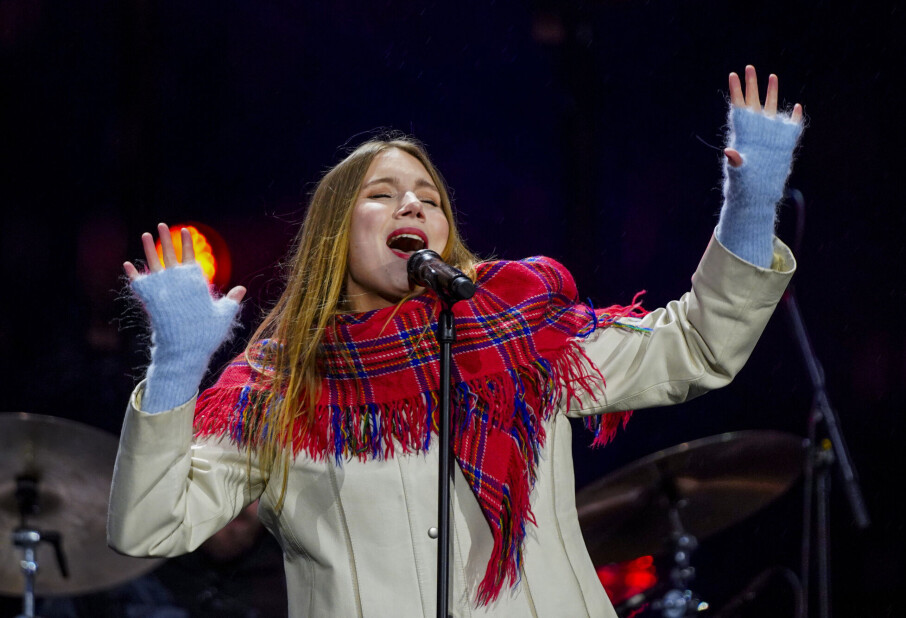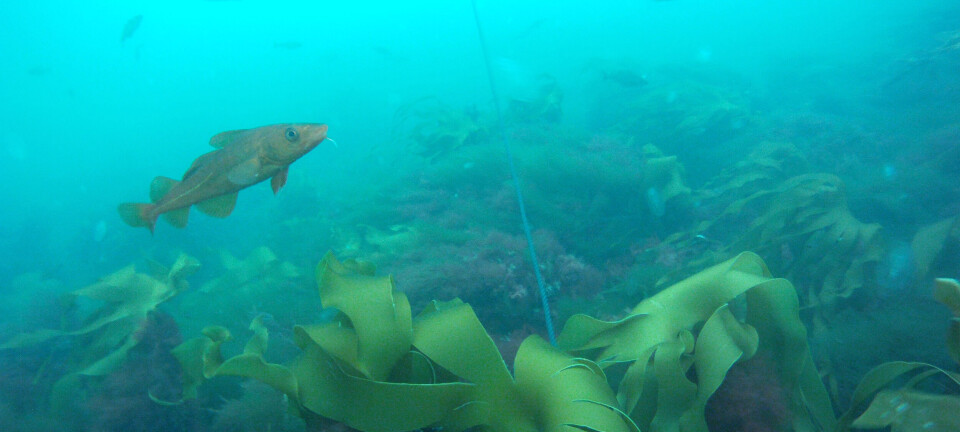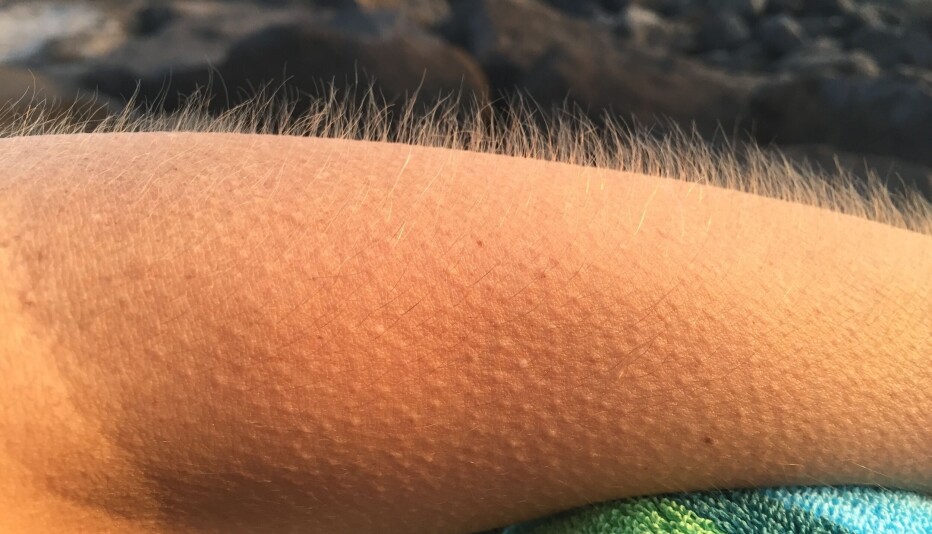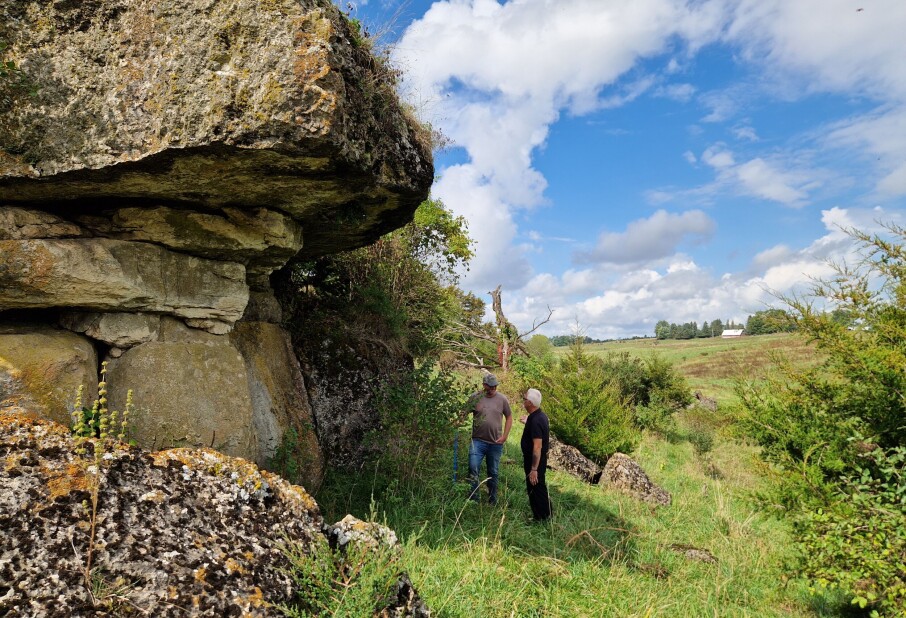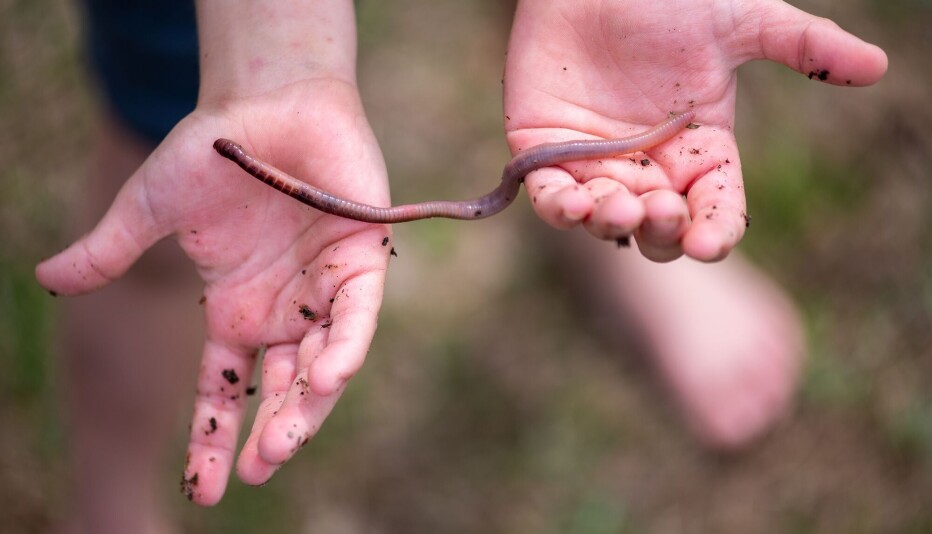THIS CONTENT IS BROUGHT TO YOU BY THE University of Agder - read more
Fish poop may be the key to understanding how the ocean stores carbon
Fish are climate helpers, playing vital roles in storing and transporting carbon and regulating our climate.

Carbon is the chemical element found in the greenhouse gas CO2, emitted from fossil fuels burned in cars, factories, and other sources. When carbon is stored in the ocean instead of remaining in the atmosphere, it helps to reduce climate change on land.
“In deep seas without fish, carbon will remain at the surface, where it easily returns to the atmosphere. Fish function as transporters that help to get carbon down to the depths where it can be stored for a long time,” says Angela Martin.
But not much is known about the role of coastal fish.
In her doctoral research at the University of Agder, Martin studied the faeces of several coastal fish species. She found that they affect carbon storage in the ocean in several different ways. These findings can guide how we manage ocean resources.

“People think of fish as something we can harvest. But they have many other roles that we don't see or think about,” says Martin, who now works as an adviser for British environmental authorities.
Measured carbon content in fish poop
Martin developed new methods to study fish poop.
She studied faeces from ten Norwegian fish species: whiting, pollack, Atlantic cod, shorthorn sculpin, mackerel, corkwing wrasse, ballan wrasse, rock cook, goldsinny wrasse, and black goby.
These species were collected in the Skagerrak and on the west coast of Norway between 2018 and 2020. Martin analysed faeces from all ten species to measure their carbon content.
“Estimating the carbon content of fish faeces helps us learn about how important fish might be for transporting and storing carbon in coastal ecosystems,” she says.
Fish poop sinks quickly
Martin also measured how fast the poop sank for four of the species; Atlantic cod, ballan wrasse, corkwing wrasse, and black goby.
The sink rate determines whether carbon sinks to long-term sediment storage or remains at the surface to quickly return to the atmosphere.

“These four species are relatively easy to work with, so I chose to focus solely on them as I was developing methods to collect faeces,” she says.
The poop from these species contained between 17 and 38 per cent carbon and sank rapidly – between 2,550 and 6,390 metres per day.
“I discovered large variations. The same fish could produce completely different poop depending on what it had eaten. Fish that had eaten algae produced faeces which sank more slowly than fish that had eaten organisms with shells,” says Martin.
She explains that the shell material may function as extra weight and make the poop sink rapidly.
Four ways fish affect the climate
The research shows that fish influence carbon storage in four main ways:
- Direct storage: Fish store carbon in their bodies and produce carbon-rich poop that sinks to the seabed.
- Transport: Fish transfer carbon between different ocean areas through migration and daily movements between shallow and deep waters.
- Ecosystem control: Predatory fish regulate grazer populations preventing them from destroying carbon-rich areas such as kelp forests.
- Nutrient pump: Fish transport nutrients that enable plankton and plants to grow and capture carbon.
More poop in summer
Martin also found that the coastal fish she studied produced much more poop in summer than in autumn.
This shows that fish contribute to carbon storage in different ways throughout the year.
“It's much more complicated than we thought. Fish store and release carbon at the same time. They breathe out CO2, but they also produce poop that stores carbon,” she says.
Can affect fisheries management
The research may have practical consequences.
Martin now works with a group in the International Council for the Exploration of the Sea (ICES), which studies fisheries management and gives advice on how much fish can be caught.
“We work to ensure that fisheries management doesn't just consider how much fish we can catch, but also the role fish play for the climate,” she says.
In the Skagerrak, this research may be especially relevant. Some parts of the Skagerrak are very deep, with high levels of stored carbon. But researchers don't yet know where this carbon comes from.
“It could be that fish from shallower areas contribute to transferring carbon to the deep places,” says Martin.
Others continue the research
Martin's method for collecting faeces is now being used by researchers at the University of Oslo and in Ireland. A Finnish researcher and a Norwegian master's student are working on similar studies of cod.
“I tried and failed on many things along the way. It's good if others can learn from my mistakes,” says Martin.
Reference:
Martin, A.H. The functional role of marine vertebrates in the ocean carbon cycle, Doctoral dissertation at the University of Agder, 2025.

This content is paid for and presented by the University of Agder
This content is created by the University of Agder's communication staff, who use this platform to communicate science and share results from research with the public. The University of Agder is one of more than 80 owners of ScienceNorway.no. Read more here.
More content from the University of Agder:
-
New study: Early interventions against childhood obesity show no effect
-
Researchers call for better protection of Europe's last flat oysters
-
Discrimination is bad for your health
-
This is how the best esports athletes train
-
"People will vote for any party nowadays"
-
Cancer didn't take their life – but it did take their desire














